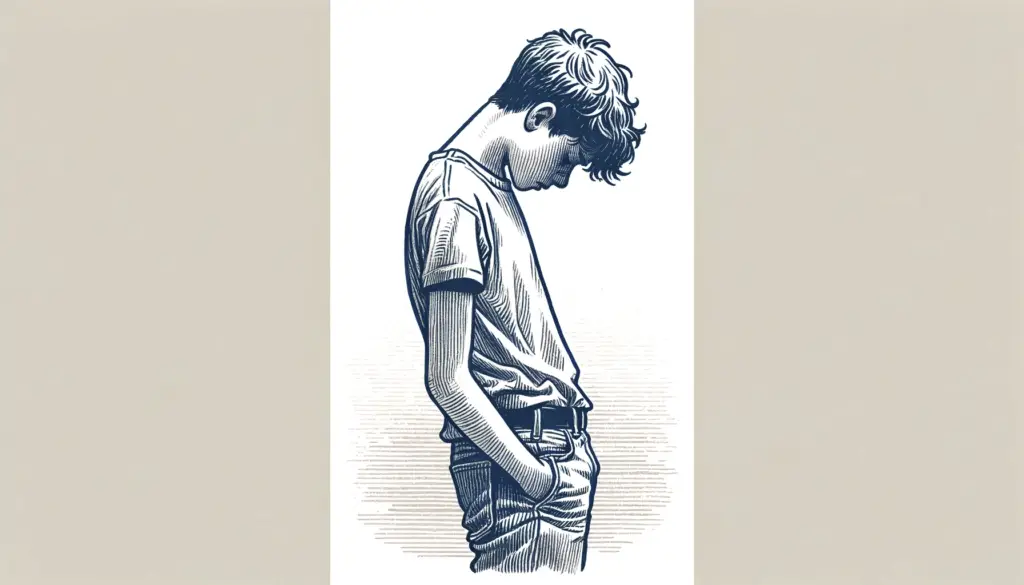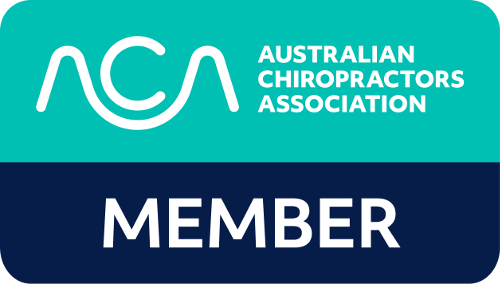Parents often express concern upon noticing their child or teen exhibiting bad posture, such as slouching, leaning their head forward, or hunching their shoulders. Improving posture in children and teenagers is crucial. One study suggested that forward head posture can lead to an increase in neck pain.
Poor posture can result from excessive use of devices like phones, tablets, or gaming consoles, and genetics may also play a role. An X-ray of the mid-back can offer valuable insights by revealing any unusual shapes of the spine bones. Some teenagers may suffer from Scheuermann’s disease, which causes a hunched spinal appearance.
While many braces on the market claim to improve posture, their effects are not lasting. They might offer temporary support, but they do not lead to permanent improvements.
Exercise is a more effective method to improve posture and can also alleviate any pain associated with it. The Chin Tuck exercise, for instance, is a simple yet powerful start. I often perform this exercise while waiting at traffic lights. Consistency is vital; aim to do this exercise at least five times daily for better results. We have also enhanced this exercise by adding rotation movement, further aiding posture improvement.
The Modified Chin Tuck Exercise
-
- Start by looking straight ahead.
- Tuck your chin towards your throat. You can use your fingers to push your chin down while your mouth is closed.
- Push your head straight back and upwards. Hold this for 30 seconds or as long as you can.
- You can also turn your head right or left while holding this position.
Hold this position for 30 seconds or as long as you can.

Brugger's Relief Position

Bruegger’s Relief Position is an excellent exercise to reset your posture during your working day.
1. Start seated or standing.
2. Push your chest forward and up.
3. Extend your arms backwards as far as they will go.
4. Rotate your thumbs backwards as far as they will go.
5. Hold this position for 30 seconds.
6. Repeat every 30 minutes when you are working at a desk.
Additional Strategies
Other exercises like seated rows, chest stretches, and using a posture pole or foam roller can help. But remember not to give teenagers too many activities—they won’t do them. Start with the exercises above and talk to a health professional about more activities if needed.


Chiropractic adjustments may improve posture; patients often feel taller after a session. But for long-term improvement, you must be aware of your posture and perform corrective exercises regularly.
Conclusion
Improving your posture requires consistent effort and is not a quick fix. Encouraging your teenagers to stand tall may be more effective through side-on photos rather than constant reminders to “straighten up”. People often want to present themselves positively but may not realize their posture could be better. Capturing an image can speak volumes and aid in their improvement. Best of luck on your journey to better posture!


